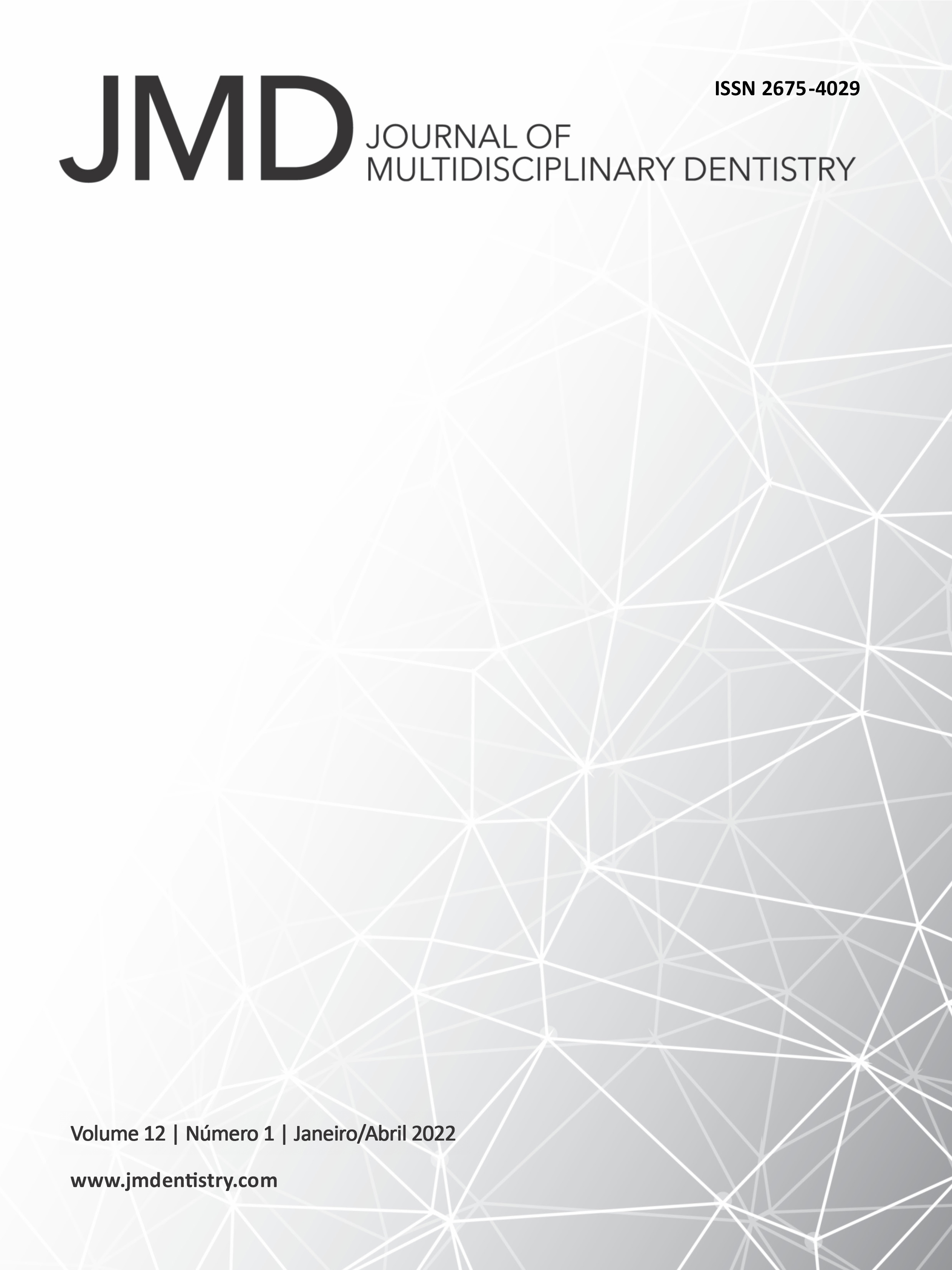Treatment of maxillary atresia with microimplant-ssisted rapid palatal expansion (MARPE): a literature review study
DOI:
https://doi.org/10.46875/jmd.v12i1.962Keywords:
Orthodontic anchorage procedures, Palatal expansion technique, Orthodontics, correctiveAbstract
To describe the advantages and disadvantages of treating maxillary atresia with mini-implant-assisted rapid maxillary expansion. Literature review of the narrative type. The search for articles was performed digitally in the following databases: Virtual Health Library, Scientific Electronic Library Online (SciELO) and PubMed. Articles in Portuguese or English that were published in the last 10 years and that were available in full text were included. Maxillary atresia is a malocclusion that occurs during the development and growth of the face, causing the narrowing of the dental arch. Rapid maxillary expansion is used as a conventional treatment for this type of condition. The MARPE method aims to rupture the palatal suture. This technique has become popular as an effective and non-surgical option for the treatment of maxillary atresia, especially in adults. The use of this technique is considered, in the literature, to have the most stability for disjunction and several positive results are reported in clinical cases found on academic platforms. The MARPE technique has proved to be a great alternative to orthognathic surgery, as it presents several positive and satisfactory results for patients for the correction of maxillary atresias.


